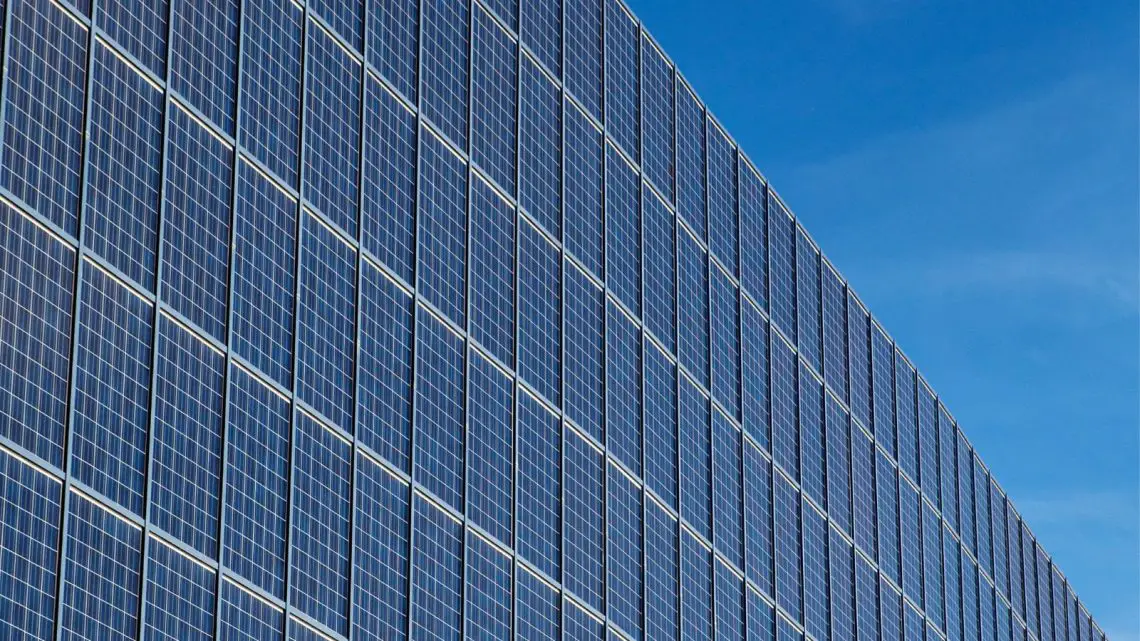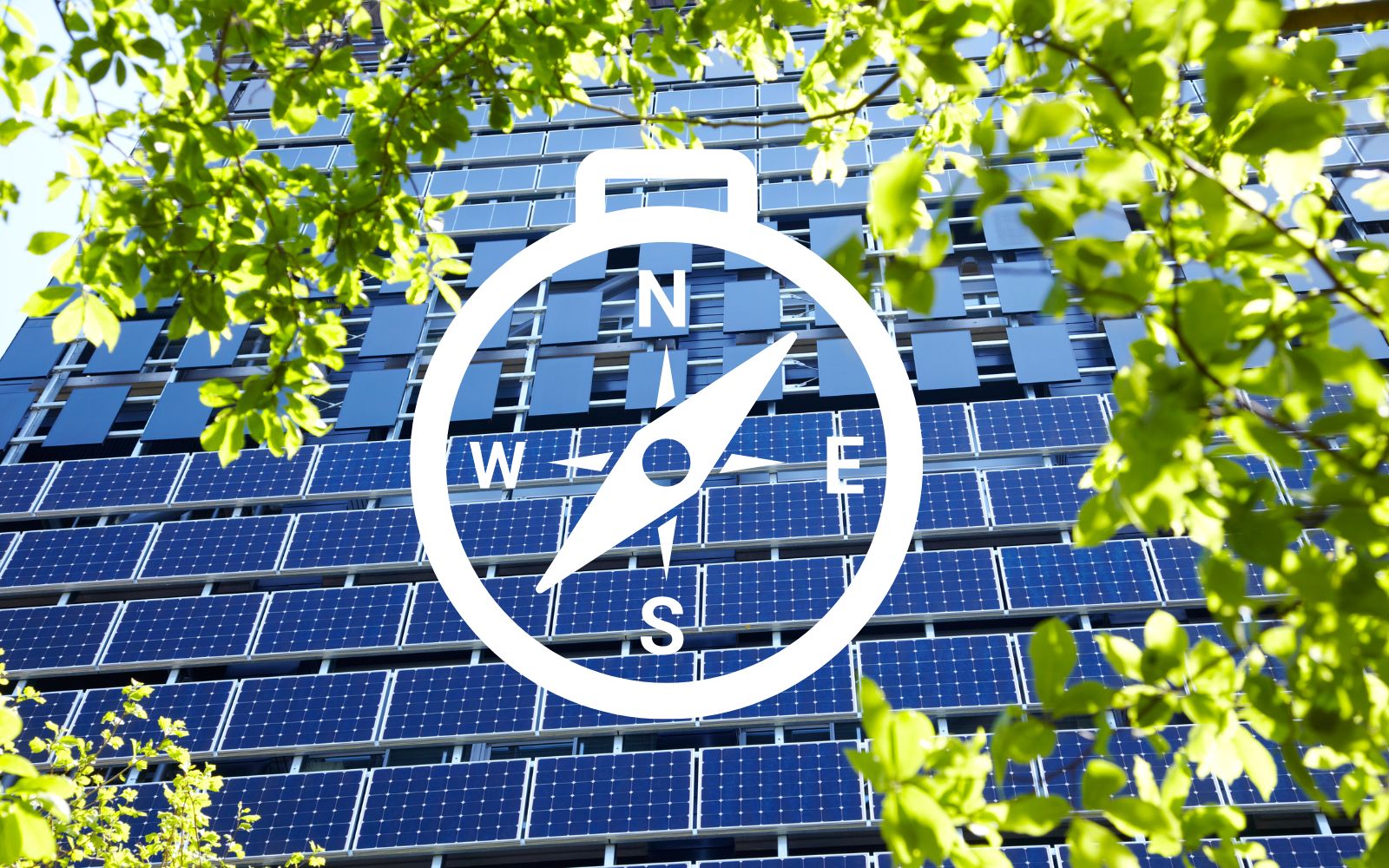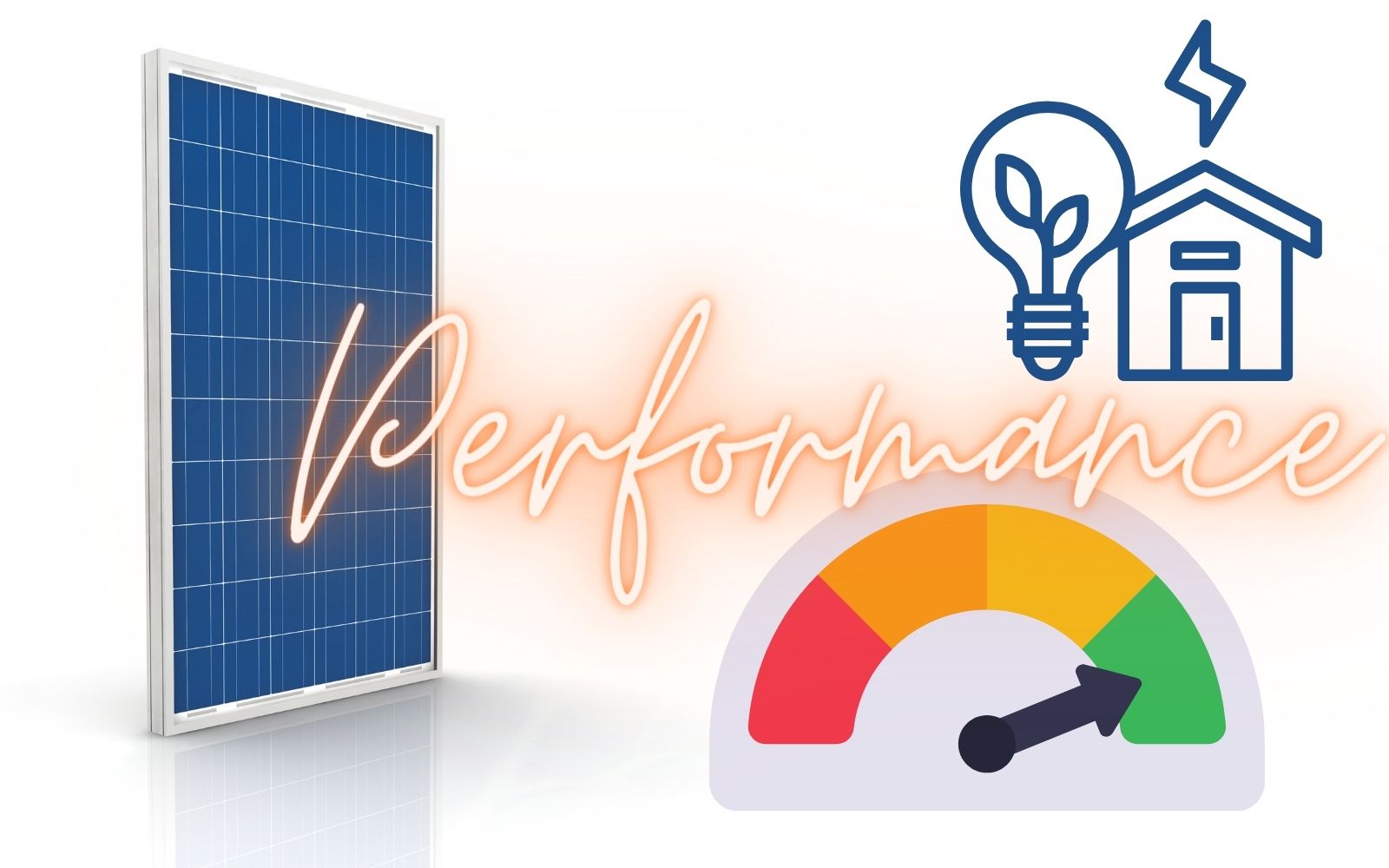
Solar fence: upright PV system
March 22, 2023A PV fence enables solar power supply even when there is no space for a roof system. The solar modules are mounted vertically and can be used as a garden fence, privacy, noise, or wind protection. However, correct alignment is important for the solar fence to supply electricity efficiently. Get an overview here!
Photovoltaic fences consist of complete solar power kits for homes placed vertically. In this way, they serve as a privacy screen or property boundary while at the same time generating energy in the form of solar power. They can be an alternative to the roof system or can also be used in addition to the roof system to generate additional electricity. Find out more about PV fences’ structure, function, and special features here.
How is a solar fence constructed?
The structure of a solar fence does not differ fundamentally from that of a conventional photovoltaic system attached to the roof. PV fences also consist of solar modules connected with cables. The cables are routed invisibly and well protected in the fence post. The direct current obtained is converted into alternating current via a power inverter, which can then be used in the household, among other things.
Depending on the manufacturer, a photovoltaic fence system reaches a height of around 1.1 to 2.0 meters. The modules can be set up upright or mounted transversely. In the latter case, several modules can also be attached, one above the other, to achieve the desired height. The modules are mounted between the posts. Several fence panels are then connected so that the desired length is achieved. Glass-glass modules are usually used for a solar fences because they are particularly resistant. With glass-foil modules, the rear side, otherwise protected by the roof surface, is exposed to the weather with a PV fence, reducing the modules’ service life. In addition to the glass-glass version, bifacial modules are also recommended for solar fences since the light entering from both sides can be used particularly efficiently.
The fence posts are made of hot-dip galvanized and powder-coated steel, so the entire PV fence is weather and corrosion-resistant. The posts are driven into the ground or secured using drilled or concrete foundations.

How does the fence PV system work?
The solar system constructed as a fence generates electricity based on photovoltaics. In contrast to the roof system, the photovoltaic fence is erected upright and is sometimes called a vertical photovoltaic system. For the efficiency of a solar fence – as with roof systems – the orientation is decisive, i.e., how often and with what intensity solar radiation hits the solar modules.
To ensure that the solar modules are exposed to the most intensive solar radiation possible, PV fences are usually set up in a south or east-west orientation. The southern orientation has the advantage that the particularly intense midday sun hits the solar fence so that a lot of electricity can be generated in the midday hours. However, an east-west orientation is usually even more effective if, as mentioned, bifacial solar modules are used. These use photoactive solar cells on both sides and can convert incident light into electrical energy in the morning and evening.
The same applies to solar fences as to conventional photovoltaic systems: the more electricity is used for self-consumption, the more profitable the system is. This share of self-consumption can be increased with the help of a power storage unit, which is, therefore, also a useful addition to a vertical PV system.
This must be taken into account when using PV fences
While PV fences can be a useful addition to the PV roof system and are also a good alternative if the roof cannot be used, they bring less yield in direct comparison due to their vertical orientation. While a solar system produces, on average, between 900 and 1100 kWh of electricity per kilowatt peak per year, depending on the orientation, a solar fence produces between 600 and 750 kWh with the same output. However, solar fences are generally more suitable for this when the sun is low in winter and in the morning and evening. In contrast, a solar system on the roof usually produces the most electricity in the midday hours. Accordingly, a solar fence perfectly complements a PV system on the roof, especially if it is set up in an east-west orientation.
A photovoltaic fence is usually exposed to shading more often than a roof system – for example, from parked vehicles, neighboring buildings, or nearby vegetation. A parallel connection of the solar modules ensures that the solar fence continues to generate electricity, even when individual modules are in the shade.
The soil quality must be taken into account during installation. Depending on the substrate, it may be necessary to pour a concrete foundation. The possible occurrence of groundwater should be thoroughly checked in advance. Under certain circumstances, animal protection regulations must also be observed – for example, a certain height between the ground and the PV fence so that small animals can pass through.
Important note: Some manufacturers offer photovoltaic fences for self-assembly. This is possible if the PV fence reaches a maximum voltage of 120 volts. However, a qualified specialist must always carry out the connection to the inverter.

What is the performance of a solar fence?
While PV fences can be a useful addition to the PV roof system and are also a good alternative if the roof cannot be used, they bring less yield in direct comparison due to their vertical orientation. While a solar system in Germany produces on average between 900 and 1,100 kWh of electricity per kilowatt peak per year, depending on the orientation, a solar fence with the same nominal output produces between 600 and 750 kWh. A solar fence is usually more suitable for this when the sun is low in winter and during the morning and evening hours. In contrast, a solar system on the roof usually produces the most electricity in the midday hours. Accordingly, a solar fence perfectly complements a PV system on the roof, especially if the fence is set up in an east-west orientation.
A solar fence is usually exposed to shading more often than a roof system – for example, from parked vehicles, neighboring buildings, or nearby vegetation. A parallel connection of the solar modules ensures that the photovoltaic fence continues to generate electricity, even when individual modules are in the shade.
The soil quality must be taken into account during installation. Depending on the substrate, it may be necessary to pour a concrete foundation. The possible occurrence of groundwater should be thoroughly checked in advance. Under certain circumstances, animal protection regulations must also be observed – for example, a certain height between the ground and the PV fence so that small animals can pass through.
Important note: Some manufacturers offer photovoltaic fences for self-assembly. This is possible if the solar fence reaches a maximum voltage of 120 volts. However, a qualified specialist must always carry out the connection to the inverter.
How much does a solar fence cost?
Like a PV system for the roof, a solar fence requires modules, cables, and inverters. There shouldn’t be much difference in price for these components for the same performance. The cabling may be more complex, and the cables are longer because they are laid in the fence posts.
Where to buy solar panels? A distinction must be made between a solar fence of standard modules and complete solutions. The latter work with prefabricated fence elements, but photovoltaics are often less efficient here. If the solar fence is built from standard modules, the fence posts are usually custom-made, which is significantly more expensive than the typical substructure. As a rule, more material is also required, and the posts must be firmly anchored in the ground. Various sources assume a gross price of around €600 per meter. But there are other solutions as well, as the video below shows. However, no bifacial modules can be used here.

Does a solar fence have to be approved?
The topic of vertical solar systems is still quite young. So far, there are no generally applicable nationwide regulations for these applications. Generally, the same requirements apply to a solar fence as to a roof PV system or a solar system on a carport. Of course, the modules, which offer a large surface area for the wind to attack, must be attached so that they can also withstand storms. Whether the suspension presented in the video meets these requirements is questionable.
Aspects of fire protection must also be taken into account. The solar fence should have a minimum distance to combustible materials according to the fire protection class of the modules. In the case of glass-glass modules, this is generally lower than in the case of glass-foil modules.
Irrespective of this, the building law formed by the federal states and municipalities also applies to a PV fence. So if you want to set up a solar fence, ask your local municipality whether there are any requirements to be met or whether a permit is required.
Solar fence: Versatile
It is possible to use a solar fence as a garden fence and reduce your home’s electricity costs. The solar powered generator can not only be used in the household but can also supply an electric car in the garage, various garden tools, or a heat pump in the house via a wall box. The photovoltaic fence can also function as a terrace or carport boundary in the private sector.
PV fences are also used in the commercial sector. Since the solar modules used are very robust, with an impact load of up to 1,000 kilograms, they are also suitable for separating commercial areas or parking lots. For example, solar fences are also used in agriculture to mark off pastures. A solar fence is also conceivable as a variant of so-called agri-photovoltaics. The PV fence can serve as a noise barrier or windbreak on highways or major roads in open landscapes. Solar fences can also easily withstand heavy rain and hail and can thus offer additional protection.



 With over 15 years of reporting hydrogen news, we are your premier source for the latest updates and insights in hydrogen and renewable energy.
With over 15 years of reporting hydrogen news, we are your premier source for the latest updates and insights in hydrogen and renewable energy.